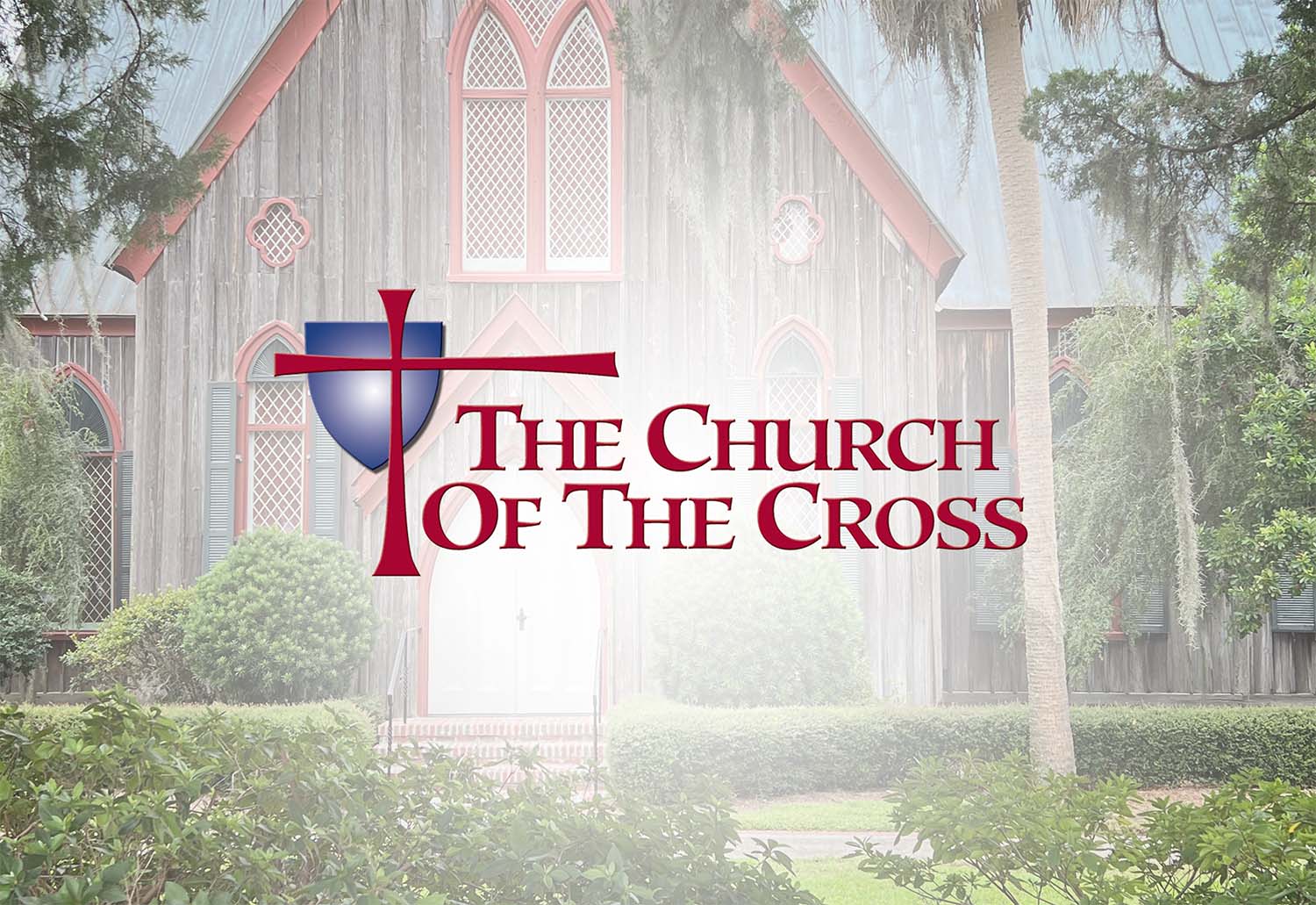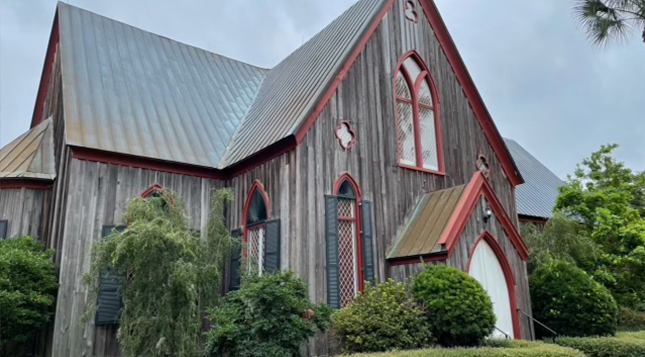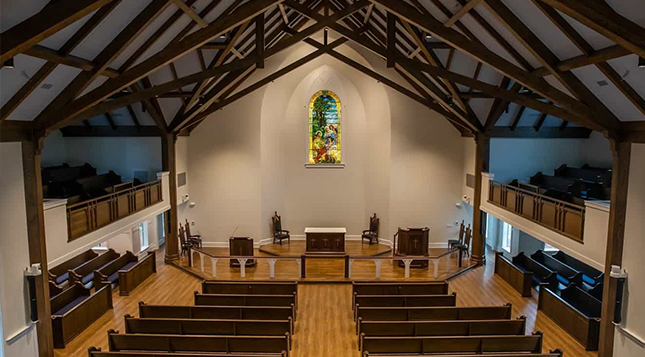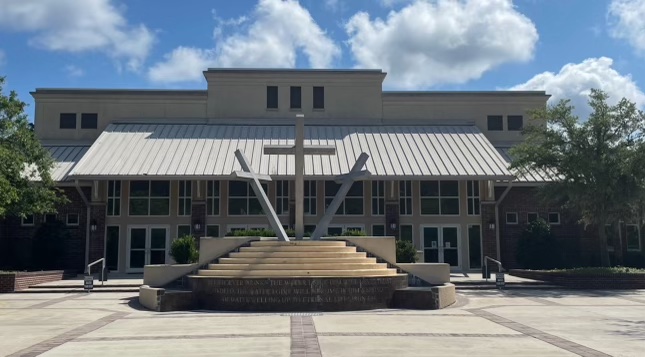Dad being around, while nice, cramped my style – he ran a tight ship, whereas Mom gave me some slack . . . in her book, little boys needed room to be little boys. My father, on the other hand, saw childhood as a necessary training period for adulthood in which there was no time for foolishness.
That said, I admired my father greatly; and, wanting to be like him, I “played Army.” I collected little rubber soldiers in various fighting stances and military vehicles and spent hours playing in the dirt, building forts and waging war. Seeing this, my father took me to the Army-Navy Surplus Store to get some “real equipment.” [Now, it’s important to remember that a massive military downsizing took place immediately following World War II; in its wake, the equipment used by millions of soldiers and sailors was sold cheaply to the public as surplus; and Charleston, being a major naval base, was an outlet for much of it.] I can still remember my six-year-old eyes feasting upon the contents of that store (a warehouse, really) for the first time: mountains of uniforms, helmets, boots, canteens, mess kits, cartridge belts, packs . . . mountains so high and so wide I couldn’t see what else might be behind them . . . but I didn’t need to. My eyes were fixed on a back pack-cartridge belt-canteen combination . . . it was the stuff of dreams! Dad came through and the treasure was mine – I would have worn it home had the cartridge belt not hung around my knees!
I don’t recollect what happened to that equipment. Most likely, after many hours of enjoyment, another treasure caught my fancy; and what had previously been the object of my desires was set aside . . . hopefully, recycled to fuel another lad’s dreams.
This memory surfaced as I walked through God’s Goods recently. The facility is loaded with items once treasured by adults as equipment necessary to wage their personal wars with life . . . but no more. Over time, downsizing may have rendered some items surplus; changing situations may have made others obsolete; or a new fancy may have robbed the old of its luster. Regardless, what the Army-Navy Surplus Store was to this child, God’s Goods now is to adults – it’s a warehouse of dream makers . . . both for those who purchase the items and those in the mission field who will benefit from the proceeds. And for that we can say, “Thanks be to God!”
Get Involved with Our Ministries
One of the most important ways to get connected at The Church of the Cross is to first become a member of our congregation. If you are not a member and you are interested in learning more about membership, please call the Parish Office (843.757.2661) and speak to Sue.
Membership begins with an informal meeting with clergy. The next step in getting connected would be joining a Bible Study or small group to be in community with other Believers.
The Church of the Cross Locations
The Church of the Cross is situated across 3 distinct campuses. View our locations below:




